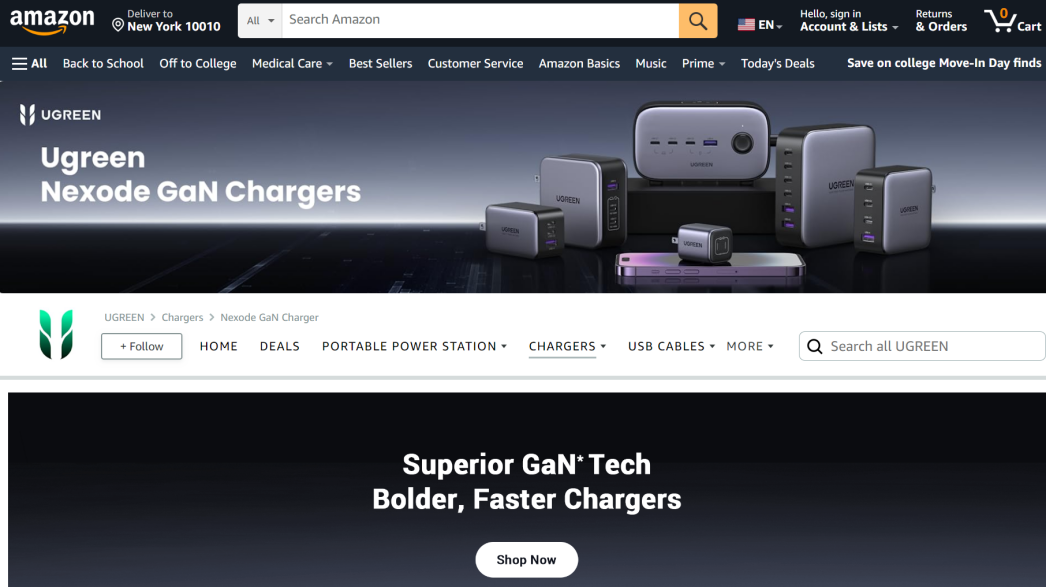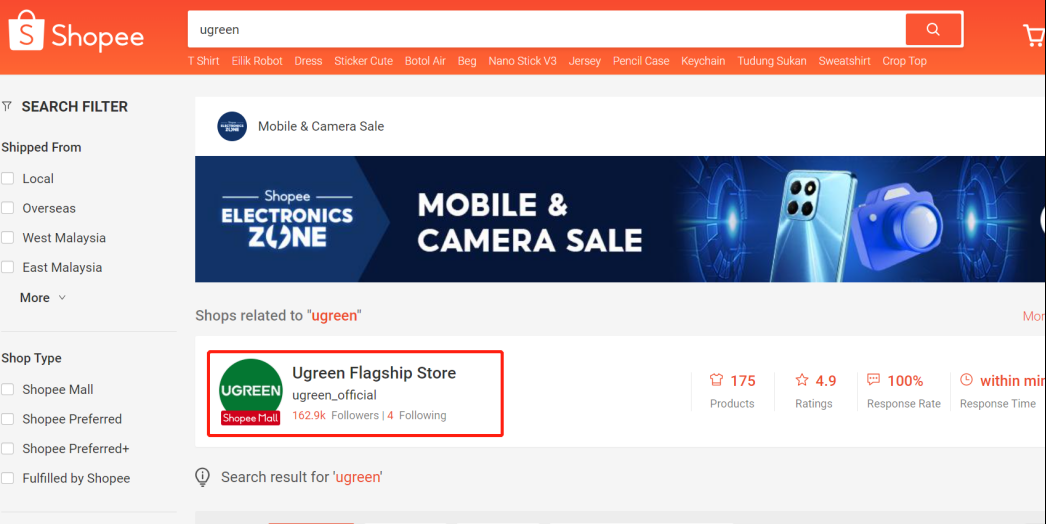Amazon has always placed great importance on its website traffic, recognizing that its value stems not just from being an e-commerce and cloud computing giant but also from a significant player in advertising. As of 2022, Amazon’s advertising revenue has surged to a staggering $38 billion, surpassing the collective earnings of the global newspaper industry, trailing only Meta and Google in this regard.
The rationale behind Amazon’s substantial advertising revenue lies in the inherent worth of its website traffic. Each instance of visitor traffic represents potential consumers ready to purchase using available funds. In contrast to platforms like TikTok and Facebook, Amazon’s traffic boasts a higher conversion rate, especially for users seeking entertainment and leisure activities.
This has led Amazon to meticulously strategize and capitalize on each instance of traffic, with a concerted effort to encourage repeat sales. While some traffic is designated for seller use, the remaining amount predominantly necessitates seller acquisition through “paid advertising.”
Given this framework, Amazon maintains strict guidelines prohibiting direct communication between sellers and buyers. Such interaction is only permitted for essential post-sales matters, with stringent controls on seller-initiated emails and a complete ban on marketing emails.
Beyond concerns about excessive seller-customer engagement, Amazon primarily focuses on mitigating the potential loss of customers to sellers who could inadvertently create independent traffic reservoirs. To combat this, Amazon has introduced new tools and advertising mechanisms (accessible via a QR code at the article’s conclusion).
Despite introducing features like the “+Follow” function within brand flagship stores, Amazon prevents the transformation of these stores into personalized traffic hubs, contrasting with platforms such as AliExpress, Lazada, and Shopee, where the dynamics differ.
Sellers can amass followers and build semi-private domains within their brand stores on these platforms. Such spaces facilitate repeated promotion and re-engagement with fans and prior customers, enabling proactive initiatives to encourage purchases.
Unfortunately, unlike advertising promotions, Amazon traditionally offered sellers fewer avenues for such targeted and cost-free engagement. However, in response to changing market dynamics, Amazon has launched two impactful tools that enable sellers to tap into their private domain traffic. These tools address customer preferences for discounts and cost-effective shopping.
Private Domain Traffic Tool: Active Promotional Email
Amazon’s first tool empowers sellers to directly send promotional emails to their brand fans and loyal customers. Although email marketing is a conventional strategy, this marks the first time Amazon allows such direct, mass, and accessible communication, significantly expanding seller access to traffic.
This advancement extends the “Manage Your Customer Engagement” feature introduced earlier. The tool facilitates the sending of tailored emails containing discount codes ranging from 15% to 50% to various customer segments:
- Re-buyers: Frequent purchasers over the past year.
- High-spending buyers: The top 25% of spenders in the previous year.
- Recent buyers: The latest 20% of purchasers.
- Store fans: Individuals who’ve followed the brand on Amazon.
- Selling can tap into previously untapped traffic by targeting these segments, effectively recycling potential sales opportunities.
Amazon Private Domain Traffic Tool: Brand Custom Promotion
The second tool, “Brand Custom Promotion,” complements the email promotion tool, allowing sellers to provide exclusive discounts to their brand followers and previous customers. These customized promotions are displayed prominently on Amazon’s front page, guiding recent buyers, cart abandoners, and high-spenders toward purchases.
“Brand Custom Promotion” appears under two tags: “Follower Promotion” and “Exclusive Promotion.” Eligible customers can copy the provided discount code during checkout, with each customer limited to one redemption. This tool permits sellers to re-engage and market to their existing traffic, reviving opportunities that might have been overlooked.
In both tools, Amazon ensures compliance with customer interests and anti-spam measures. There are manual review periods, restrictions on frequency, and defined sending cycles. The results of utilizing these tools have shown increased engagement and conversions, mainly due to email usage trends overseas and the impact of relevant, history-based suggestions on purchasing decisions.
In conclusion, Amazon’s recent initiatives signify a significant shift in strategy. Previously avoiding private domain traffic reservoirs, Amazon now provides tools that allow sellers to leverage this traffic effectively. This adjustment responds to the competitive landscape and customer demands for tailored discounts. With these tools, Amazon offers sellers a way to tap into untapped potential and recapture previously missed or underutilized opportunities.
Read Also: GoveeLife 36-inch Smart Tower Fan Review – Buy From Amazon at $54.99 up to 39% OFF
Do not forget to follow us on our Facebook group and page to keep you always aware of the latest advances, News, Updates, review, and giveaway on smartphones, tablets, gadgets, and more from the technology world of the future.









